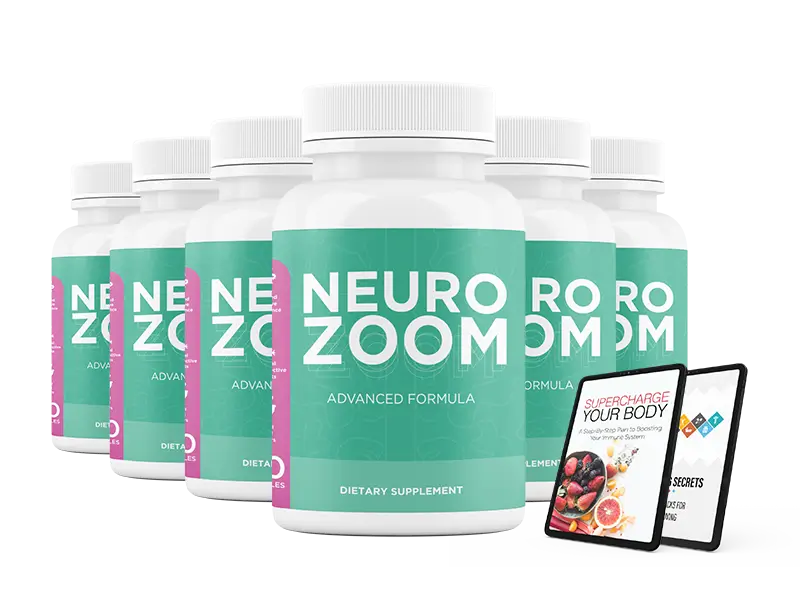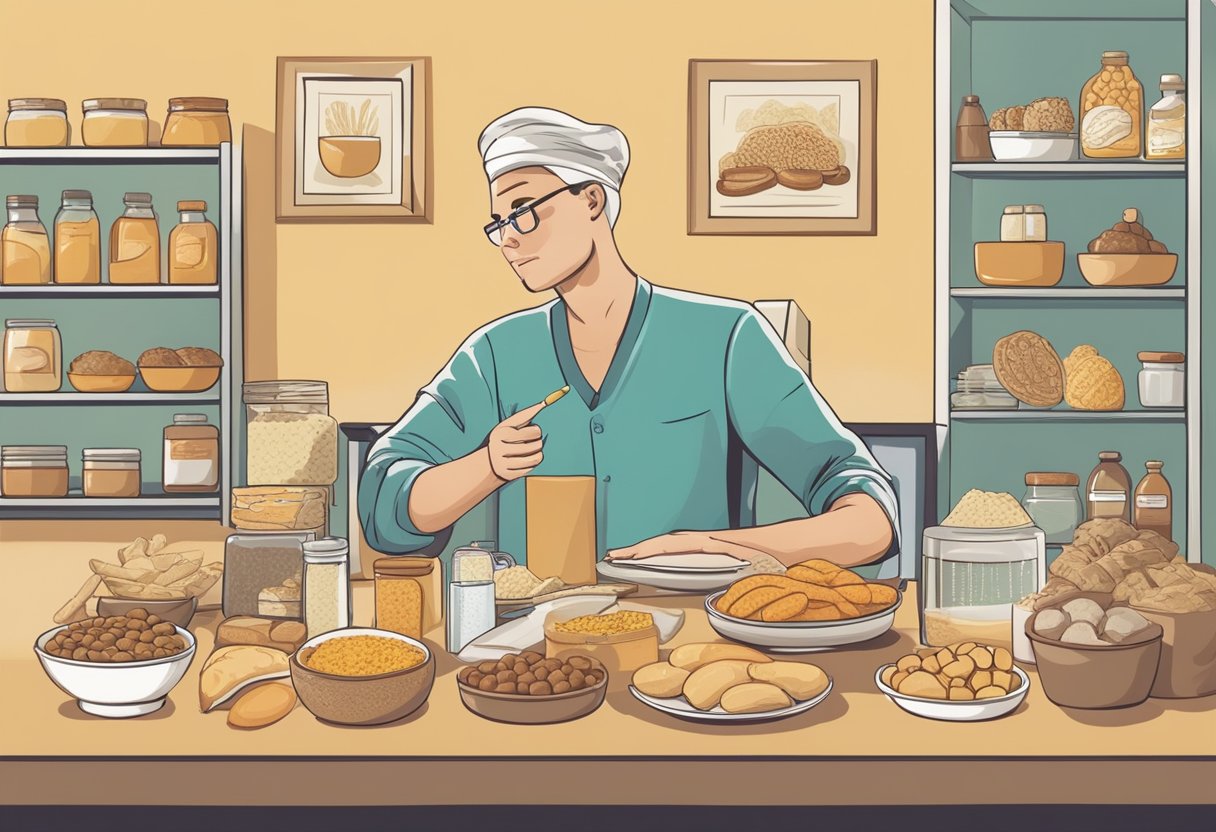Ultra-Processed Foods: Modern Convenience Comes at a Health Cost
Most packaged foods in modern supermarkets contain hidden ingredients that can harm our health. These ultra-processed foods make up over 70% of products on store shelves and account for about two-thirds of calories in the average American diet. Ultra-processed foods are industrial formulations made with ingredients you won’t find in home kitchens, like preservatives, emulsifiers, artificial colors, and flavors.
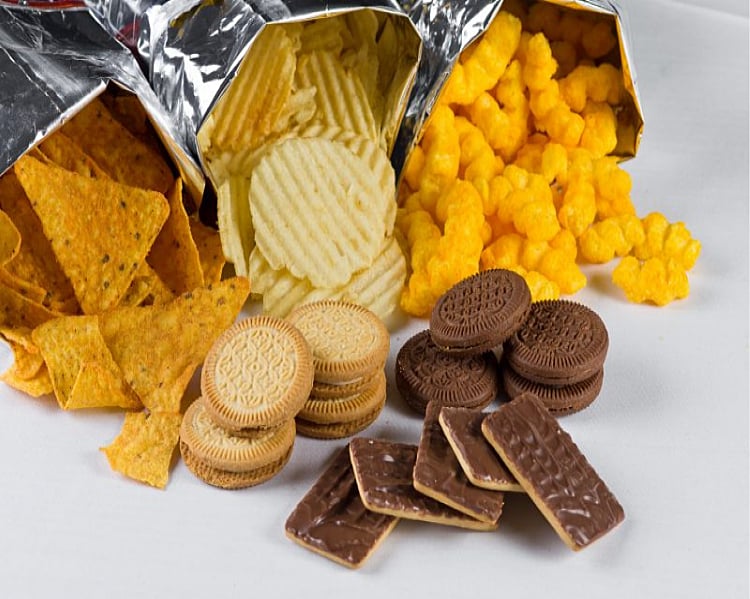
The convenience of ready-to-eat meals and snacks comes at a cost to public health. Research links diets high in ultra-processed foods to increased inflammation in the body. This chronic inflammation plays a key role in many health problems.
Current dietary guidelines recommend limiting ultra-processed foods and choosing whole, minimally processed options instead. Making this switch can feel challenging since these products are everywhere, but understanding what’s really in our food is the first step toward better choices.
Defining Processed Foods
Food processing exists on a spectrum from minimal changes to complete transformation of ingredients. The way foods are processed affects both their nutritional value and health impacts.
From Whole Foods to Ultra-Processed
Minimally processed foods undergo basic preparation like cleaning, cutting, packaging, or simple cooking. Examples include bagged salads, roasted nuts, and frozen vegetables.
Ultra-processed foods contain multiple industrial ingredients and undergo extensive manufacturing. These products often include substances not found in home kitchens, like hydrogenated oils, modified starches, and artificial flavors.
Most grocery store items fall somewhere between these two extremes. Canned tomatoes and plain yogurt count as moderately processed foods – they’re altered from their original state but maintain much of their natural nutrition.
Nutritional Quality and Additives
Ultra-processed foods typically contain high amounts of added sugar, sodium, and unhealthy fats. They also tend to be lower in fiber, vitamins, and minerals compared to less processed options.
Common additives in processed foods include:
- Preservatives to extend shelf life
- Emulsifiers to improve texture
- Artificial colors and flavors
- Modified starches and gums
Many additives are safe in moderation, but some may affect health when consumed regularly. Natural whole foods and minimally processed items provide better nutritional value without unnecessary chemical additives.
The nutrient content often decreases as processing increases. Fresh fruits have more vitamins than fruit snacks, while whole grain bread offers more fiber than white bread.
Health Impact of Ultra-Processed Foods
Ultra-processed foods directly affect multiple aspects of human health through their high levels of added sugars, sodium, and artificial ingredients. Studies show clear links between these foods and several chronic health conditions.
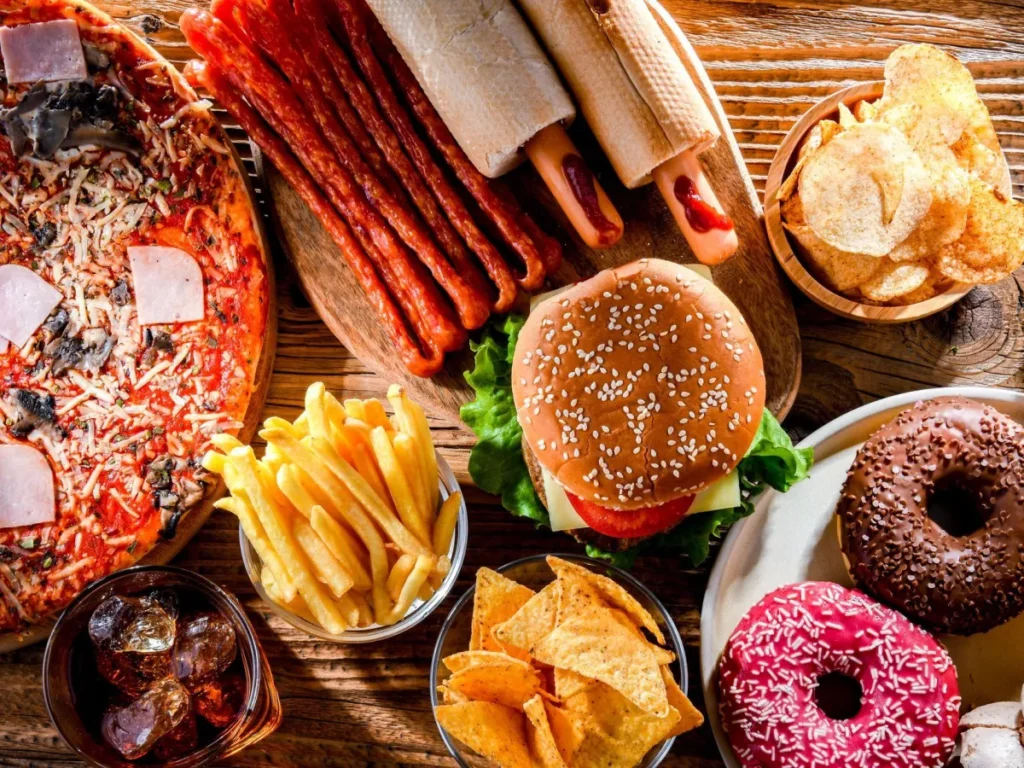
Obesity and Weight Gain
Ultra-processed foods pack many calories into small portions, making it easy to overeat. The combination of sugar, fat, and salt triggers the brain’s reward system, leading people to eat more than they need.
These foods often lack fiber and protein, which help people feel full. A person can eat a large amount without feeling satisfied, leading to excess calorie intake.
Research shows adults who eat more ultra-processed foods gain more weight over time. Each 10% increase in ultra-processed food consumption raises the risk of obesity by 2%.
Diabetes and Metabolic Syndrome
Ultra-processed foods spike blood sugar levels rapidly. The body must produce extra insulin to manage these sudden increases in blood sugar.
Over time, this pattern can lead to insulin resistance. The pancreas struggles to keep up with the demand for insulin production.
People who eat lots of ultra-processed foods have a 40% higher risk of developing type 2 diabetes. The risk of metabolic syndrome, which includes high blood pressure and abnormal cholesterol levels, also goes up.
Cardiovascular Disease and Hypertension
The high sodium content in ultra-processed foods raises blood pressure. Most of these foods contain more salt than recommended daily limits.
Studies link ultra-processed food consumption to higher rates of heart disease. Each daily serving increases heart disease risk by 9%.
The artificial fats in these foods can damage blood vessels and increase inflammation. This damage makes heart problems more likely.
Mental Health Concerns
Scientists have found connections between ultra-processed food intake and mental health issues. People who eat more of these foods show higher rates of anxiety and depression.
The lack of essential nutrients in ultra-processed foods may affect brain function. These foods can disrupt the gut-brain connection that helps regulate mood.
Regular consumption can alter brain chemistry and stress responses. People who cut back on ultra-processed foods often report better mental well-being.
Dietary Choices and Consumer Behavior
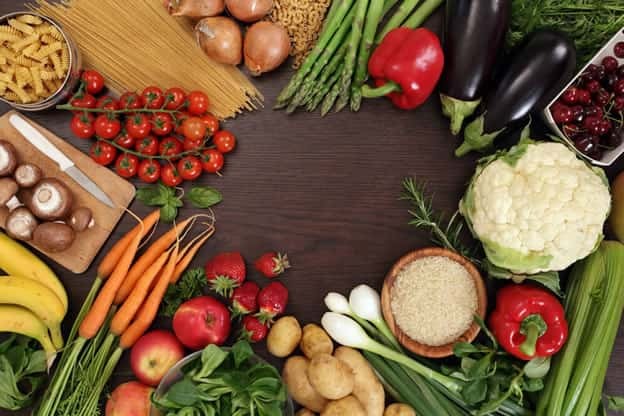
The rise of ultra-processed foods shapes how people eat and make food choices. Marketing tactics and convenience play key roles in driving consumption patterns.
Influence of Marketing
Food companies use bright packaging, strategic shelf placement, and targeted ads to make ultra-processed foods appealing. These tactics often focus on children through cartoon characters and fun shapes.
Companies position packaged snacks and frozen meals as time-saving solutions for busy families. Their marketing highlights convenience while downplaying nutritional concerns.
Television commercials and social media ads create emotional connections to processed foods. They link these products to happiness, friendship, and comfort.
Eating Habits and Convenience
Modern lifestyles push many people toward quick meal options. Fast food and frozen dinners have become regular choices for busy households.
Ready-to-eat meals require minimal preparation time. This convenience factor leads many consumers to choose processed foods over fresh ingredients.
Work schedules and time constraints affect food decisions. Many people grab packaged snacks instead of preparing fresh options.
Fast food restaurants on every corner make processed meals easily accessible. Their drive-through windows and delivery services reinforce these eating patterns.
Public Health Initiatives and Guidelines
Government agencies and health organizations work to protect people from the risks of ultra-processed foods through policies, regulations, and educational programs. Many countries have created specific guidelines and launched campaigns to reduce consumption of these products.
Government Dietary Guidelines
The FDA requires clear nutrition labels on all packaged foods to help people make informed choices. These labels must list ingredients, serving sizes, and key nutritional information.
Many countries have set strict limits on harmful ingredients like trans fats, added sugars, and sodium in processed foods. Some nations tax sugary drinks and ultra-processed snacks.
School meal programs now have stricter standards that limit ultra-processed options. These rules ensure students have access to more whole, minimally processed foods.
Education and Awareness Campaigns
Public health organizations run programs to teach people about reading food labels and identifying ultra-processed foods. They create easy-to-understand materials that explain the risks of eating too many processed products.
Health departments partner with schools to educate children about nutrition basics and cooking with whole foods. These programs help build healthy habits early.
Social media campaigns share simple recipes and shopping tips to help families choose less processed options. Many include practical advice for eating well on a budget.
Community programs offer cooking classes and demonstrations to teach basic food preparation skills. This hands-on education helps people rely less on ready-made meals.
Towards a Healthier Diet
Making smart food choices helps protect against health problems like type 2 diabetes. Small changes in shopping and eating habits can make a big difference in reducing ultra-processed foods.
Choosing Less Processed Alternatives
Fresh fruits and vegetables provide essential nutrients without added chemicals. Swap white bread for whole grain options that contain more fiber and nutrients.
Choose plain oats instead of sugary breakfast cereals. Pick fresh chicken breast over processed lunch meats.
Keep frozen fruits and vegetables on hand as convenient alternatives to processed snacks. These maintain most nutrients while staying affordable.
Simple Swaps for Better Health:
- Fresh potatoes instead of instant mashed potatoes
- Brown rice instead of flavored rice packets
- Plain yogurt with fresh fruit instead of fruit-flavored yogurt
Reading Labels and Reducing Additives
Check ingredient lists for added sugars, which may appear under different names like corn syrup or dextrose. The shorter the ingredient list, the less processed the food usually is.
Look for foods with less than 400mg of sodium per serving. High sodium intake raises blood pressure risks.
Key Items to Watch:
- Saturated fat: Less than 5g per serving
- Added sugars: Less than 10g per serving
- Total ingredients: Fewer is better
Pay attention to serving sizes. Many processed foods list small portions to make nutrition facts look better.
Choose foods with ingredients you recognize. Avoid items with long chemical names or artificial preservatives.


